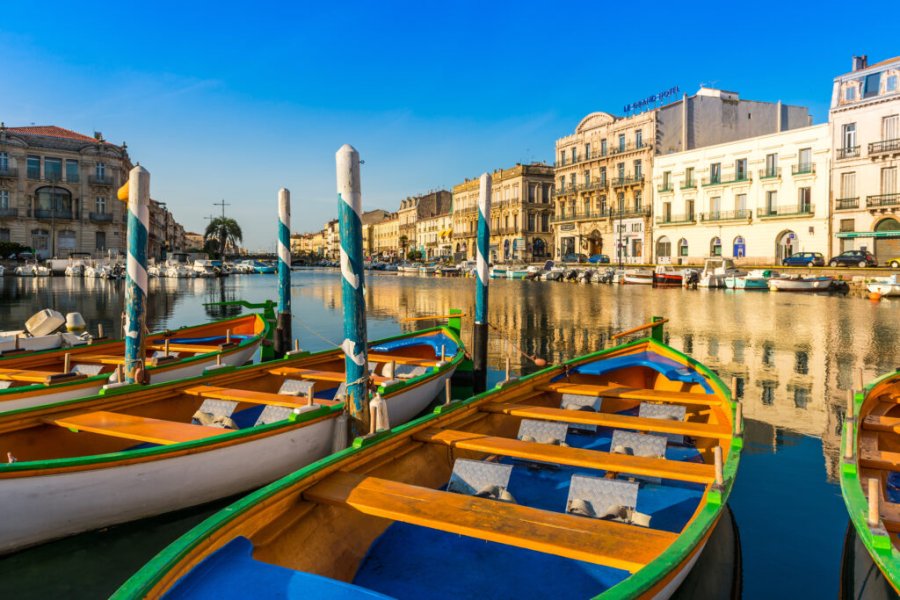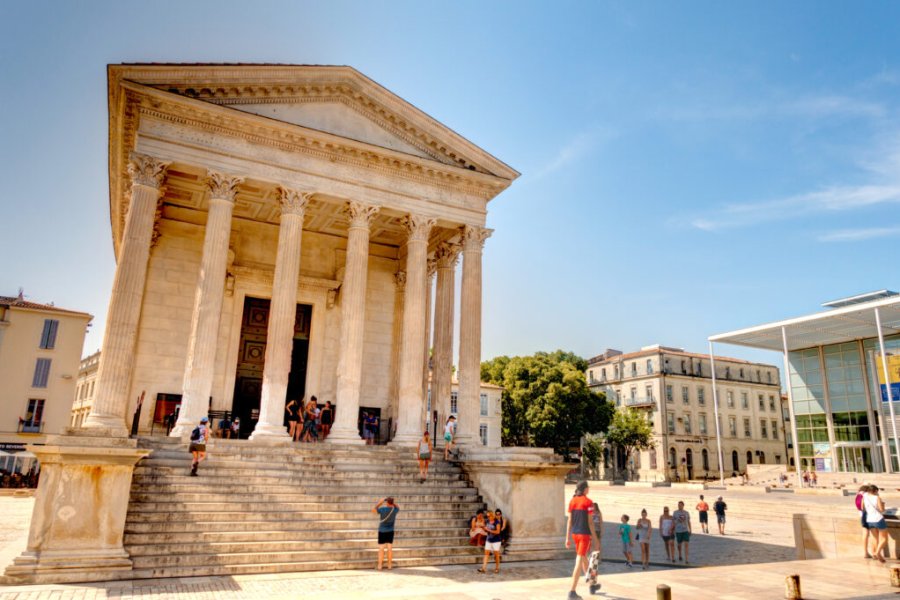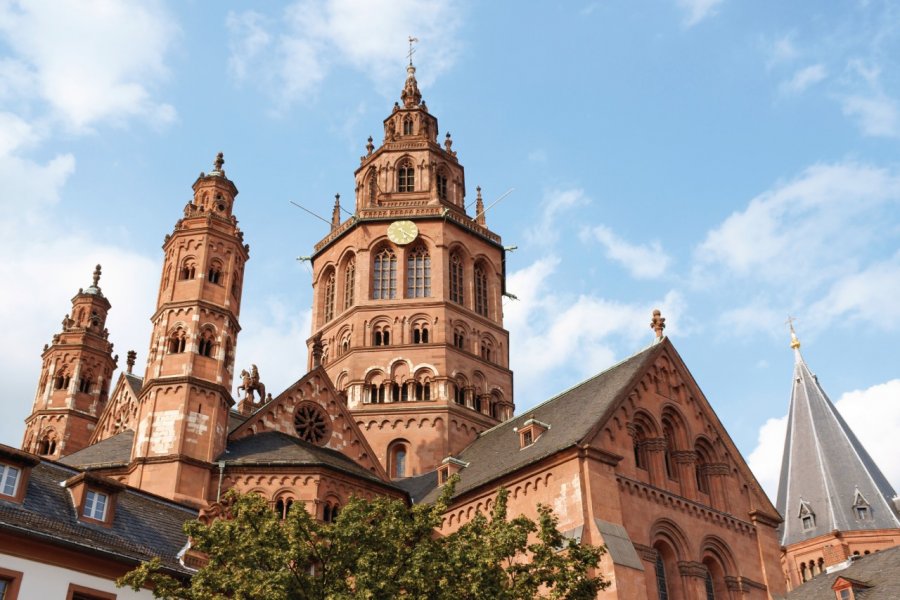Travel Guide Mainz
Find an accommodation
Advertising
Of the three metropolises in the Rhine-Main valley, Mainz is considered the most academic and picturesque. Since 1950, it has also been the capital of the state of Rhineland-Palatinate and home to Germany's second-largest television station, ZDF. Although history bears witness to a Roman presence in Mainz, it was not until the 8th century that the city really took off: in 745, St. Boniface became Archbishop of Mainz. The cathedral, built in the 10th and 11th centuries, testifies to the prosperity of the time. But the city's fame is due above all to Gutenberg, who was born here and invented the movable-letter printing press around 1450, printing the first Bible. The university named after him was founded in 1477. Mainz maintained its innovative character over the centuries. In 1792-1793, the Republic of Mainz was established, the first on German soil. Later, under Napoleon (who lived here for a time), Mainz became French. Its strategic position between the Rhine and the Main made it a prime target for aerial bombardment during the Second World War: 85% of the city was destroyed. Since then, the city has recovered and become much more industrialized. It's nonetheless a charming town, with its pedestrian streets, rebuilt half-timbered houses and charming little bistros. The main attractions are the fascinating Gutenberg Museum, the cathedral and the stained-glass windows in St. Stephan's church, painted by the master of the "supernatural made natural", Marc Chagall.
What to visit Mainz?
Advertising
Weather at the moment
Advertising
Organize your trip with our partners Mainz
Transportation
Book your plane tickets
Car Rental
Boat rental
Accommodation & stays
Find a hotel
Holiday rental
Find your campsite
Tailor-made trip
Immersion travel
Services / On site
Activities & visits
Find a doctor
Mainz travel inspiration
Find unique Stay Offers with our Partners
Pictures and images Mainz
Other destinations nearby Mainz
25 km away















